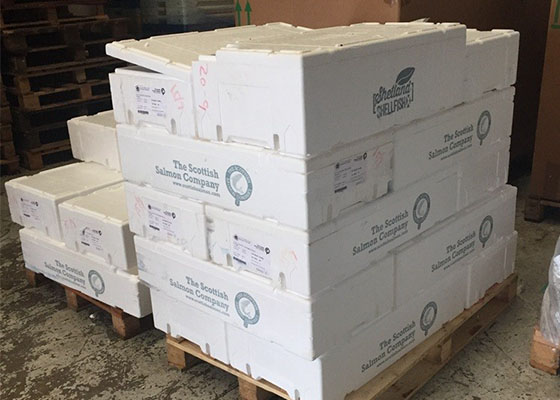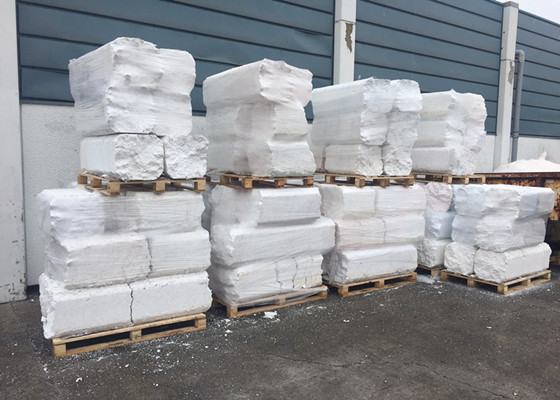How can we realize foam box recycling effectively?
Polystyrene foam is one of our most common packaging materials, waste foam boxes are found everywhere in our daily life. The most common foam box types are express package, home appliance package, foam food containers, fish boxes and so on.
Reported by Australia Packaging Covenant, only 29.7% of expanded polystyrene foam used for packaging is recycled. Part of the problem is that when small pieces of polystyrene foam are put in roadside bins, they mix with other recyclable materials and are considered contaminated. As a result, most Australian parliaments rarely accept waste foam for roadside recycling.

Terminal companies generally have their own waste accumulation. For example, furniture stores and logistics companies, there are often a lot of foam packaging waste created in their warehouses during packaging, shipping, and disassembly. Some damaged foam boxes are not reusable, taking up warehouse space, and more importantly, it may cause fire and other safety hazards.
How can we realize foam box recycling effectively?
For communities and residential areas, the first step is to carry out foam recycling programs to raise awareness of recycling and to enable residents to find suitable recycling points. The government should do a good job in recycling support and subsidize local foam recycling projects. Purchasing professional foam compactor to enable mobile foam recycling in communities.
For enterprises, professional foam compactor is essential. GREENMAX foam compactor has the compression ratio of 50:1, and can compress the loose foam into dense foam blocks for sale, which not only helps enterprises to solve their problems of foam waste accumulation, space occupation, safety hazards, but also bring new business and revenue to them.

Foam waste recycling is a business that is good for both economy and the environment, which should not be underestimated. It is the responsibility of each individual to do a good job in recycling and promote the sustainable development of resources.
